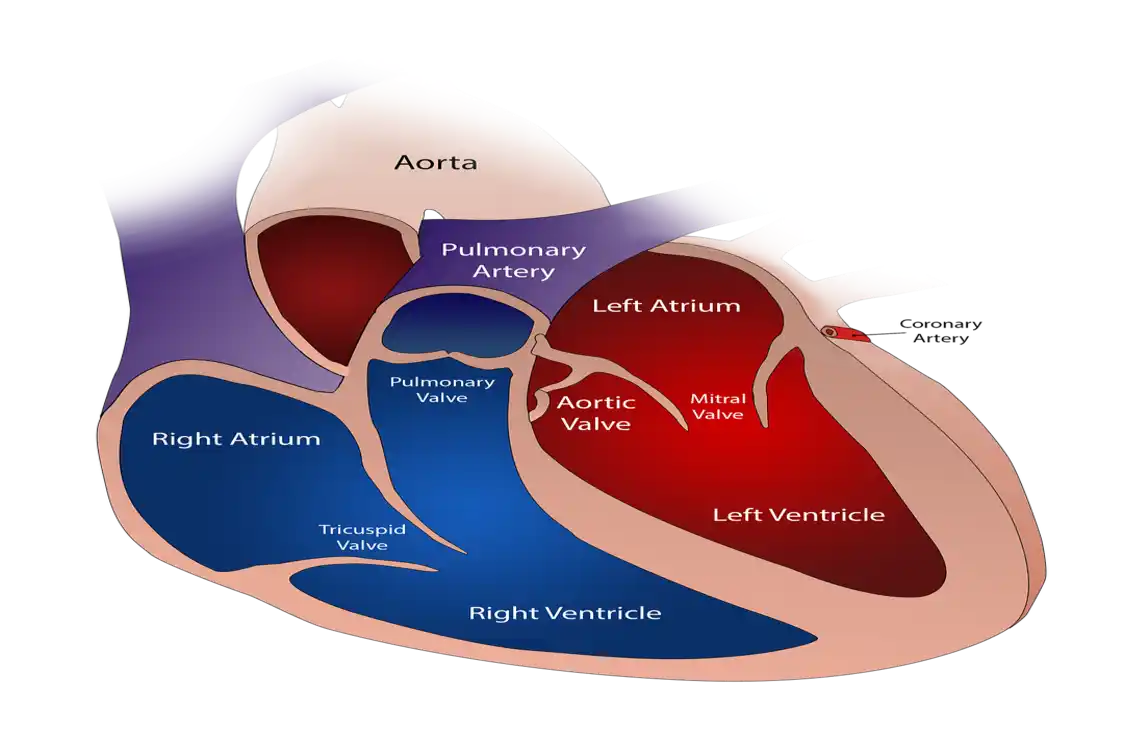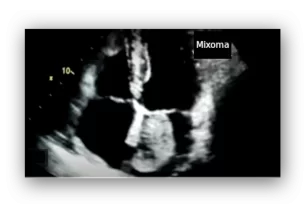Mitral valve prolapse, often referred to simply as mitral prolapse, is a condition where one or both mitral valve leaflets move abnormally upward into the left atrium during systole (when the heart’s ventricles contract). In many cases, this movement causes the valve leaflets to meet above their usual position—sometimes not closing properly—and can even lead to part or all of the valve bulging into the left atrium.
This may result in mitral regurgitation, where blood flows backward from the left ventricle into the left atrium during contraction. In some patients, the valve leaflets are more flexible than normal and move excessively, but without causing regurgitation. While this still qualifies as prolapse, some specialists refer to it as a redundant, floppy, or billowing mitral valve.
The pathological process of mitral valve prolapse can affect one or more parts of the valve structure, including the leaflets, chordae tendineae, papillary muscles, or mitral annulus.
Earlier diagnostic criteria led to an overestimation of its prevalence, with some studies reporting a 3–5% incidence in the general population, particularly among women. However, many of these cases involved normal valve motion or redundant valves. With stricter modern criteria, the actual prevalence of mitral valve prolapse is now considered to be about 2%.
Diagnosis of Mitral Valve Prolapse
The primary tool for diagnosing mitral prolapse is the echocardiogram. This imaging test provides a clear view of the mitral valve, the degree of its displacement into the left atrium, and whether there is any associated regurgitation.
Cardiac MRI can also aid in diagnosis, offering high-resolution images and the ability to detect gadolinium contrast uptake in the myocardium, which helps assess tissue changes.
Treatment
Treatment of mitral valve prolapse is necessary only when mitral regurgitation is severe. In mild cases, regular monitoring is typically sufficient. Some patients may require medication to manage symptoms. If regurgitation becomes severe—especially with symptoms—surgical treatment is usually indicated.
The most common procedure is mitral valve repair surgery. If the valve cannot be repaired, it is replaced with a prosthetic valve.
Minimally invasive robotic-assisted surgery is also an option. This technique allows the surgeon to perform the procedure without opening the chest, using small incisions between the ribs to insert robotic arms and instruments.
An increasingly used treatment option is the implantation of a clip-like device that grasps the prolapsing leaflet to reduce mitral regurgitation. This device is delivered via cardiac catheterization, avoiding the need for open-heart surgery.



